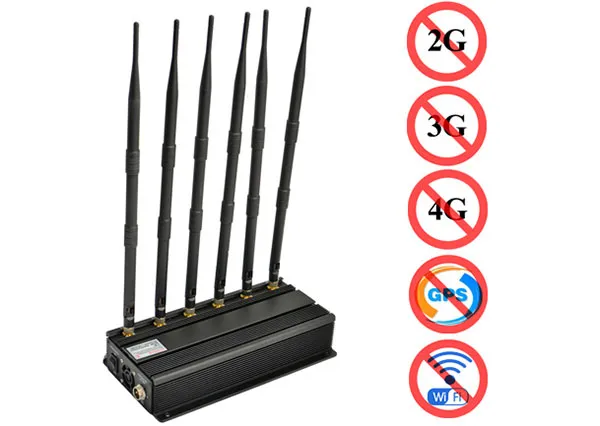Gps jammer interference road toll
GPS navigation and GPS jammers are locked together like a symbiotic relationship, and the number of devices using GPS technology on the road has increased, along with the number and variety of jamming devices trying to prevent their operation.

While a jammer's signal can affect GPS devices within a few kilometers, it can be difficult to reliably identify a vehicle using a jammer. The new technology uses a single dual-antenna receiver mounted on a gantry on the highway to remove some of the ambiguity in vehicle identification. In addition to determining the lane in which the vehicle is traveling, it can also provide a time signal for the exact moment when the jammer passes the detection system.
Reduced hiding space for drivers using GPS jammers devices due to simple and innovative lane detection method using a single COTS heading receiver
The detection device consists of two antennas placed at both ends of the highway gantry, and has been used to detect road toll equipment on vehicles. During the test, the antenna was connected to the receiver and recorded data on its internal disk.
Over a 7-day period, 115 hours of data were collected and 45 disturbance events were detected. GPS jammers tend to be more powerful. The rapid frequency changes or jamming nature of their signals make them more destructive than other types of jammers over longer distances.
Countries that charge by the kilometer on the road with in-vehicle GPS charging devices are at the mercy of GPS jammers. Not only vehicles with jammers will lose revenue, but any vehicle within a radius of a few kilometers will also be affected. This method relies on the receiver being able to record the radio spectrum on both antennas without interfering with itself.


